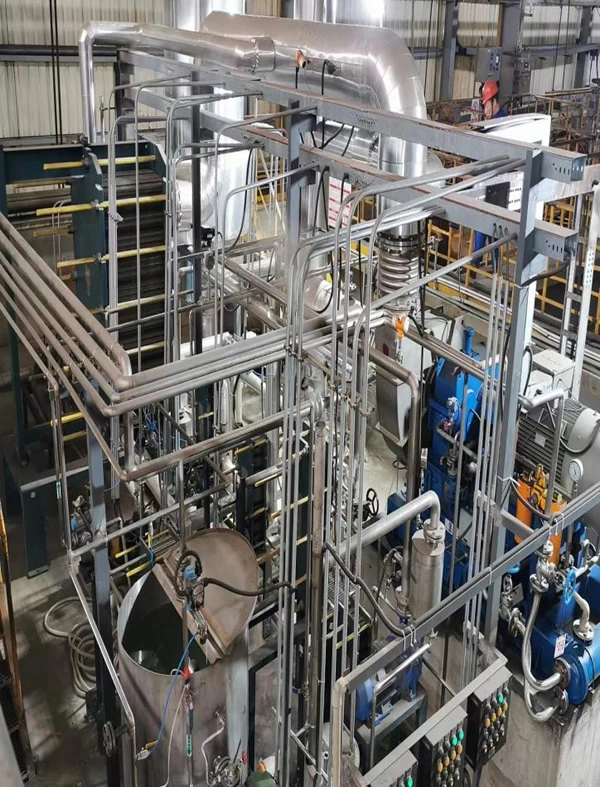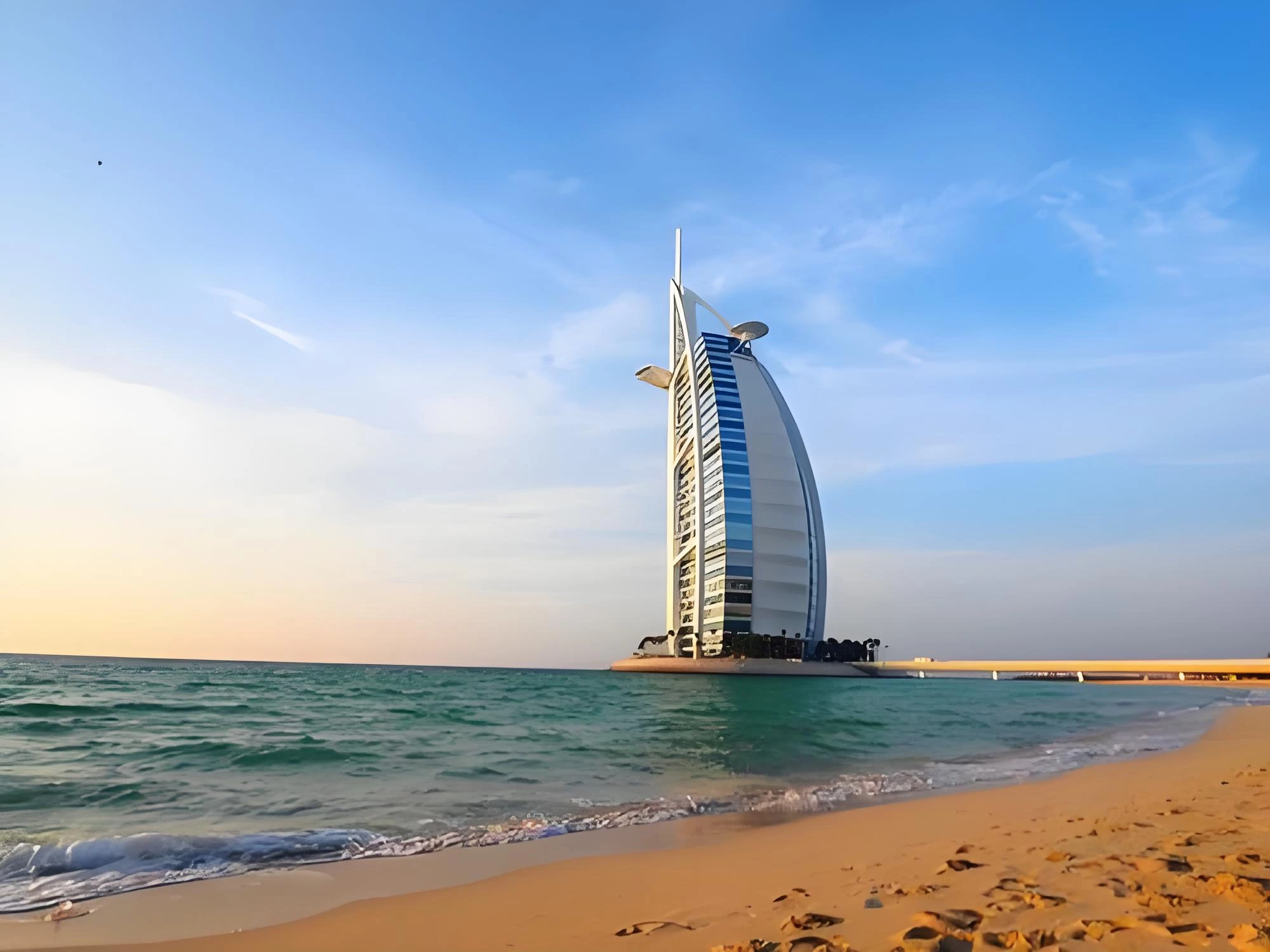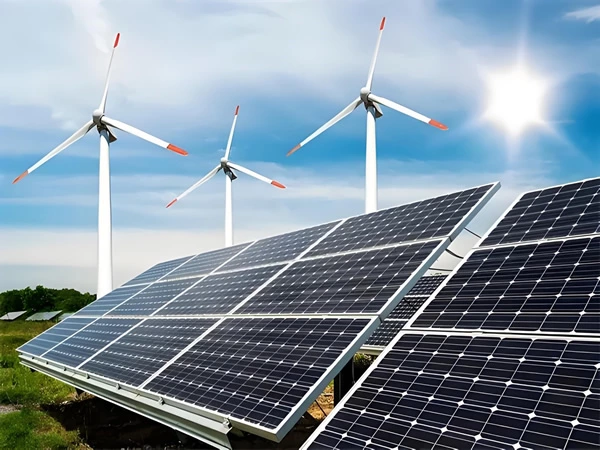
1. System Overview
Application: Concentrating sodium hydroxide (NaOH) solution from a lower concentration to 16.8% (typical feed concentration may range from 5–10%).
Capacity: 5 tons/hour (T/H) of water evaporated.
Technology: MVR (Mechanical Vapor Recompression), an energy-efficient evaporation method that recycles latent heat from vapor, reducing steam consumption by up to 90% compared to traditional evaporators.
Material: TA2 (Titanium Gr2) for critical components, ensuring corrosion resistance against concentrated NaOH at elevated temperatures.
2. Key Components & Design Features
(1) Evaporator Type
Likely a forced-circulation evaporator or falling-film evaporator (common for NaOH due to scaling risks).
Forced-circulation design preferred for high-viscosity or scaling-prone fluids like NaOH, ensuring stable operation.
(2) MVR Core Components
Compressor: Centrifugal or Roots-type compressor to recompress secondary vapor, increasing its temperature/pressure for reuse as heating steam.
Heat Exchanger: Titanium (TA2) tubular or plate heat exchanger for efficient heat transfer.
Preheater: Recovers residual heat from condensate to improve energy efficiency.
Separator: Centrifugal or gravity-based separation of concentrated NaOH (16.8%) from vapor.
(3) Material Selection (TA2 Titanium)
TA2 (Gr2 Titanium): Excellent resistance to NaOH at concentrations up to ~40% and temperatures below 85°C. For higher temperatures, nickel alloys may be required.
Other Materials:
Pipelines/valves: TA2 or nickel-plated steel.
Gaskets: PTFE or FFKM for chemical resistance.
(4) Automation & Control
PLC System: Monitors parameters (temperature, pressure, flow rate) and adjusts compressor speed/preheater efficiency.
Anti-scaling Measures: Automated CIP (Cleaning-in-Place) system with acid wash (e.g., HNO₃) to remove NaOH crystallization deposits.
3. Process Flow
Feed Inlet: Dilute NaOH solution enters the preheater.
Evaporation: Preheated NaOH is boiled in the evaporator; vapor is separated.
Vapor Recompression: Secondary vapor is compressed by the MVR compressor and reused as heating steam.
Product Outlet: Concentrated NaOH (16.8%) is discharged for further processing or storage.
Condensate Recovery: Clean condensate is recycled or discharged.
4. Advantages of MVR for NaOH Evaporation
Energy Savings: Up to 80–90% lower energy vs. traditional multi-effect evaporators.
Compact Design: Smaller footprint due to eliminated steam boiler.
Environmental Compliance: Reduced CO₂ emissions and wastewater volume.
Stability: Suitable for continuous 24/7 operation in chemical plants.
5. Challenges & Solutions
Scaling Risk: NaOH crystallization may foul surfaces → Regular CIP with acid cleaning.
Material Limits: TA2 is cost-effective but may require upgrade to Ni alloys for higher temps/concentrations.
Foaming: Anti-foaming agents or defoamer spray systems may be integrated.
6. Typical Applications in Jiangsu
Chemical Industry: NaOH concentration for PVC, alumina, or textile processing.
Wastewater Treatment: Recycling NaOH from industrial effluents.


